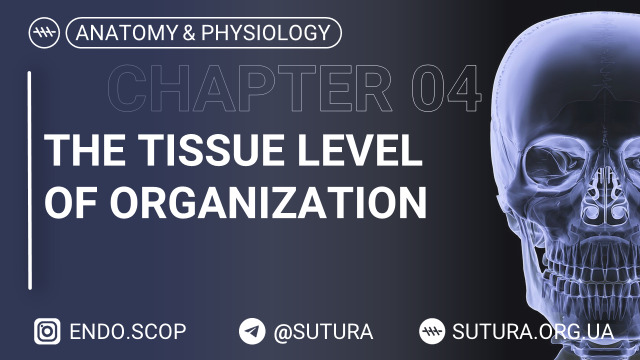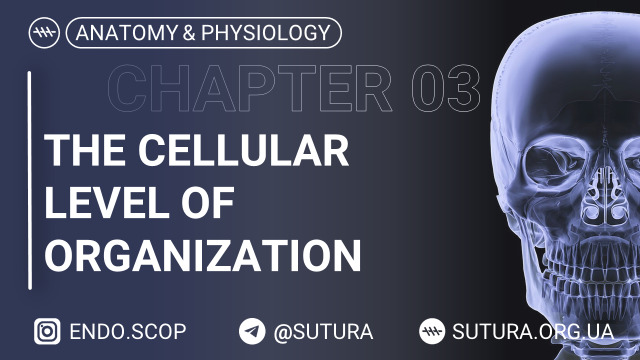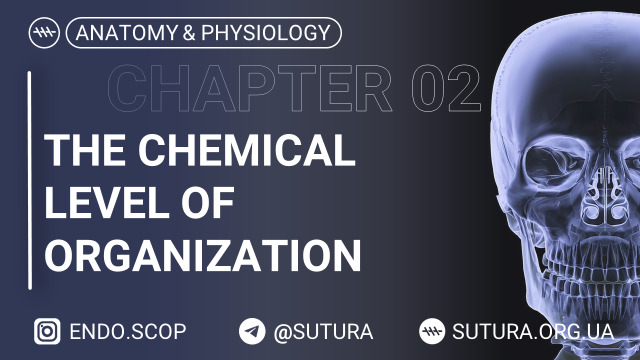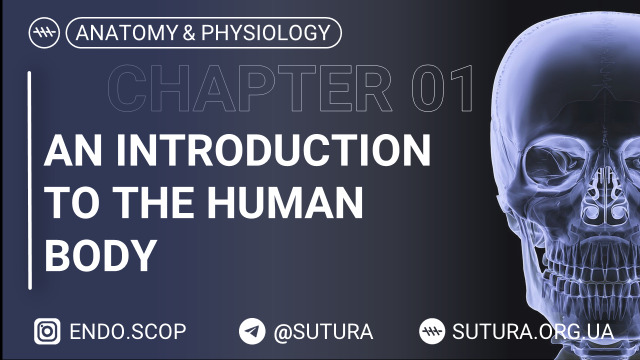Ayurveda: A Brief Overview
What’s Ayurveda? Ayurveda is a whole-body (holistic) system of drugs that started in India greater than 3,000 years in the past. Ayurveda means the research of life. It takes a pure method to all facets of well being and well-being. Ayurveda is predicated on the concept that every individual has sure life forces (doshas) and…



